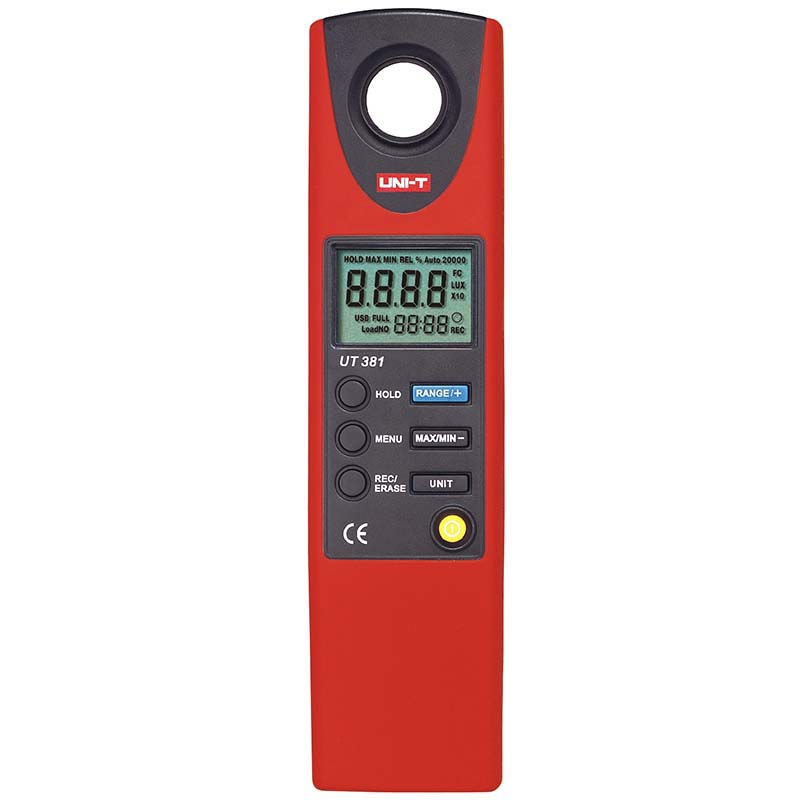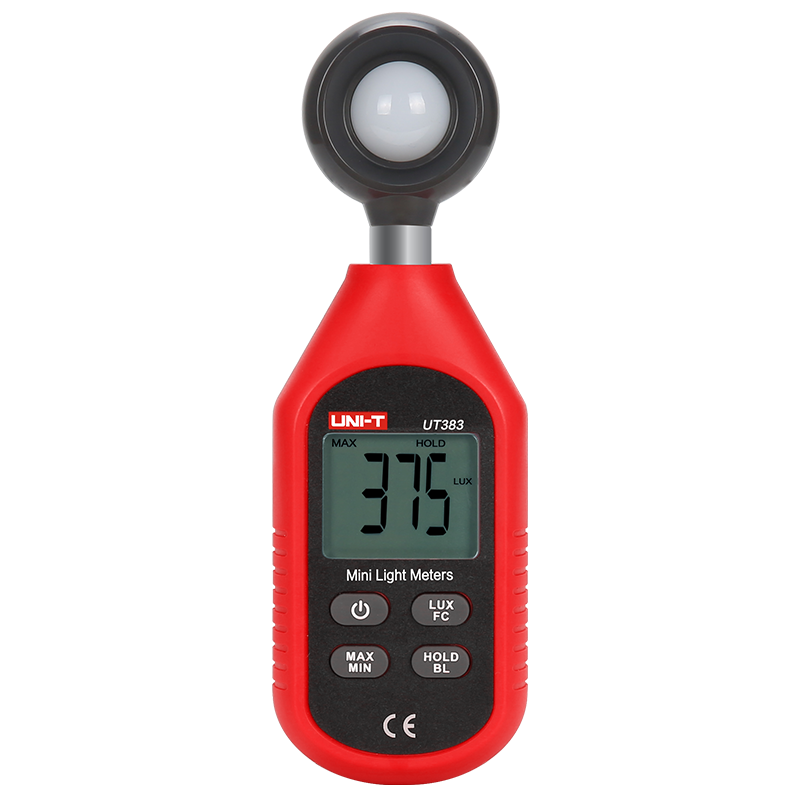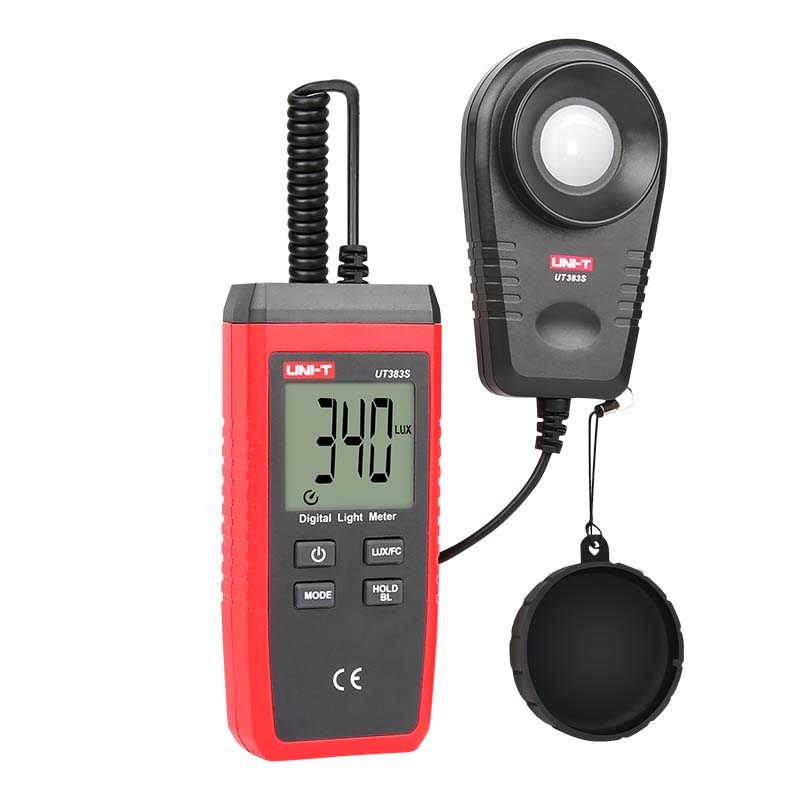Luxmeters
Luxmeters: Precise measuring devices for optimum lighting conditions
What is a luxmeter
A luxmeter, also known as an illuminance meter, is an indispensable instrument for determining the illuminance in a specific area. These devices are used to quantify the amount of visible light that hits a surface. The unit of illuminance is lux, where one lux equals one lumen per square meter. Luxmeters are essential for numerous applications, from workplace lighting to photography and architectural lighting design.
Applications and areas of use
Luxmeters are used in various industries. In offices and industrial work environments, illuminance is measured to ensure that the applicable health and safety regulations are complied with. In photography and film production, luxmeters help to ensure the right lighting for perfect shots. Architects and designers use luxmeters to illuminate buildings and rooms optimally, which can improve the atmosphere and save energy. These devices are also of great importance in research and development, for example when studying plant growth under different lighting conditions.
Another important area of application is public safety. For example, public squares, roads and crosswalks must be sufficiently illuminated to prevent accidents. Luxmeters help to continuously monitor these areas and optimize the lighting.
Types of luxmeters
There are different types of luxmeters, depending on the specific application and accuracy required. Handheld luxmeters are widely used and offer high mobility. These portable devices are easy to use and are ideal for quick on-site measurements. Desktop luxmeters, on the other hand, are stationary devices that are often used in laboratories or for permanent installations.
Digital luxmeters are the most commonly used models as they are accurate and easy to read. Some modern luxmeters are equipped with additional functions, such as data recording and transmission via Bluetooth or USB. This allows the collected data to be conveniently analyzed and archived on a computer.
Technical features and specifications
When purchasing a luxmeter, various technical features and specifications should be taken into account. Measurement accuracy is a crucial factor, especially when strict lighting requirements need to be met. High-precision devices often have a lower tolerance and are therefore better suited to demanding applications.
Another important aspect is the measuring range. This indicates the range of illuminance in which the device can operate. Some luxmeters also offer automatic range switching to cover a wider spectrum. User-friendliness is also of great importance. An easy-to-read display, simple operation and robust construction contribute to a positive user experience.
Calibration and maintenance
In order to ensure accurate measurements, regular calibration of the luxmeter is essential. Many manufacturers offer calibration services, whereby specially equipped laboratories check and adjust the devices under standardized conditions. It is advisable to have the luxmeter calibrated at least once a year, especially if it is used in critical applications.
In addition to calibration, general maintenance should not be neglected. This includes cleaning the sensor, checking the battery and replacing it if necessary. Regular maintenance not only extends the service life of the device, but also ensures measurement accuracy over its entire service life.
Tips for choosing the right luxmeter
Different factors play a role when choosing a luxmeter. First of all, consider what you mainly need the device for and in which environments it will be used. For professional use in a working environment or for scientific research, we recommend high-precision models with comprehensive functions.
For home use or less demanding applications, a simpler, less expensive model may be sufficient. Check that the selected luxmeter meets the necessary certificates and standards to ensure that it meets the required quality standards.
Accessories and additional functions
Some luxmeters come with useful accessories that make them easier to use and extend their functionality. These include holders for stationary use, protective covers for a longer service life and adapters for special light sources. Pay attention to whether the device is equipped with interchangeable sensors so that different types of light can be measured.
Additional functions such as data-driven management, memory functions or software integrations can significantly increase the value of a luxmeter. These functions are particularly useful when measurement data needs to be collected and evaluated over longer periods of time.



